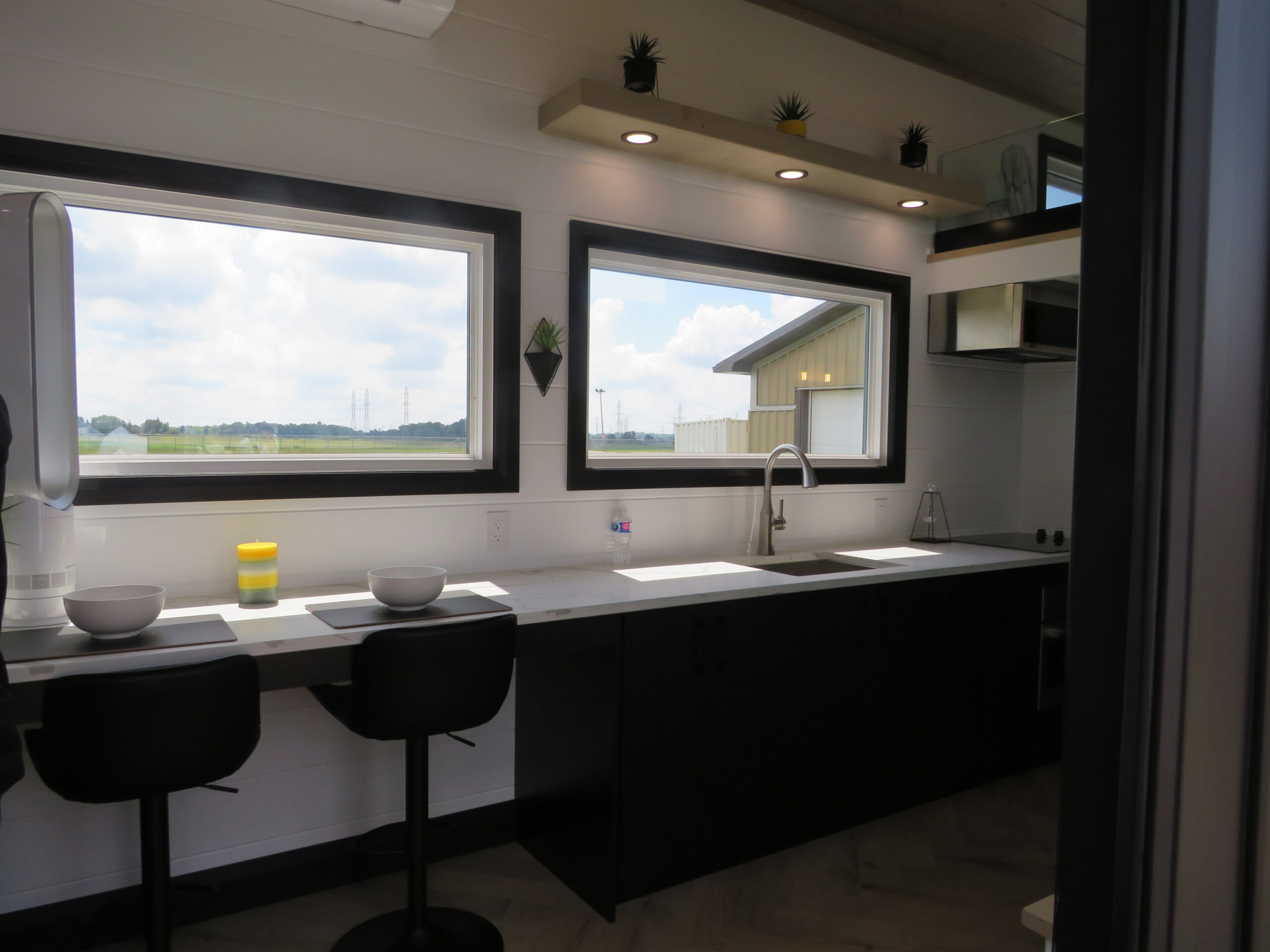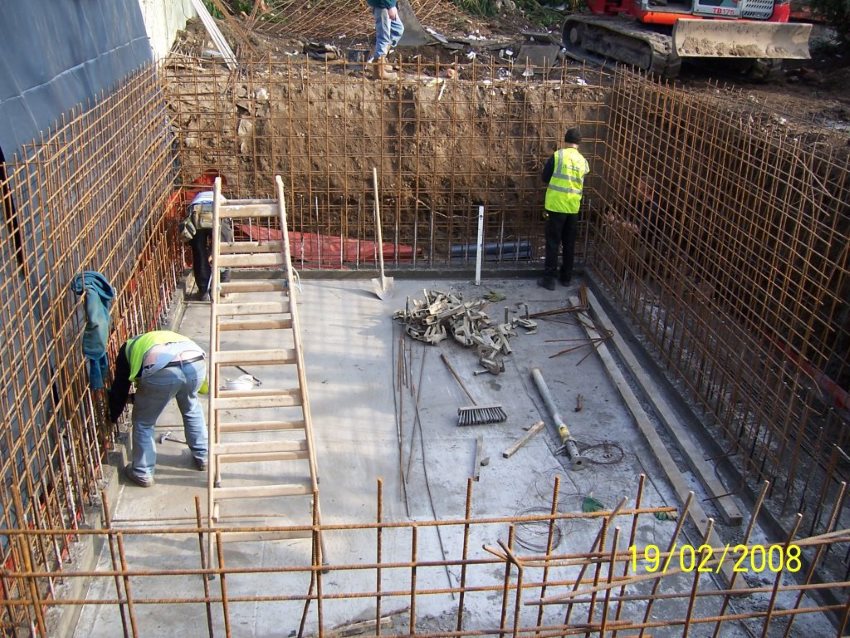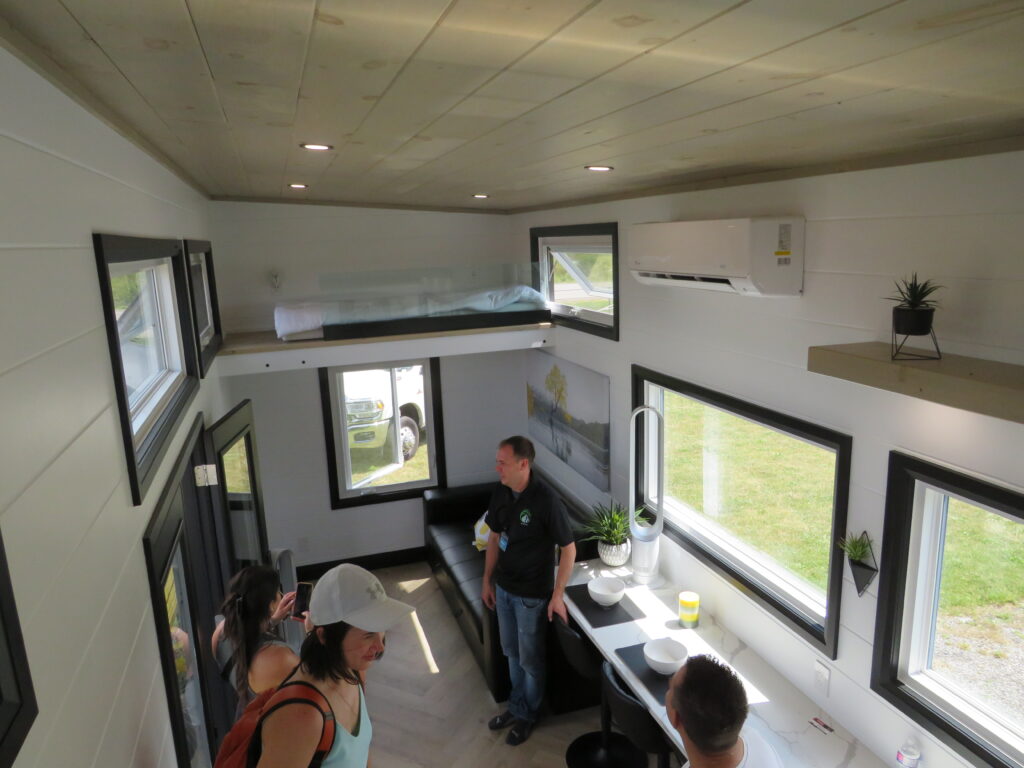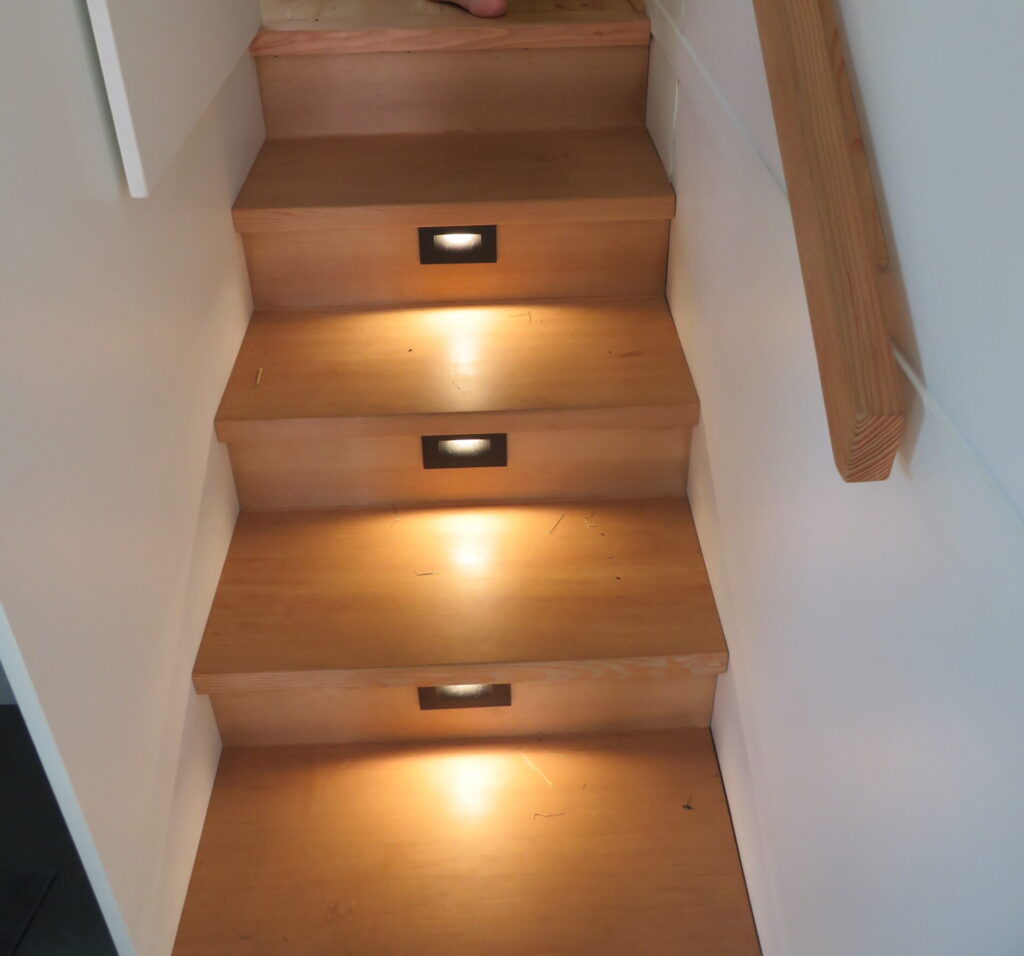Blog

Tiny House Security – Tips on Making Your Tiny Home Safe
There are numerous factors to consider when it comes to the security of a tiny house. You have to think about keeping your valuables safe, deterring burglars, or protecting the home in the event of a fire.
While it might seem easier to handle these tiny house security measures, at times, it may get out of hand. And the only cause of it would be failing to comply with the right security procedures.
So, this article brings you some of the best security tips to help you ensure your tiny home security.
But before getting to the details, here’s something you must know about,
Ensure Quality Control and Safety During Construction

The goal of any construction project is to create a safe and functional space for people to live or work in. This goal is even more critical in terms of tiny house construction.
Because of their small spaces, it’s essential that every element of a tiny house is well-designed for security and built to last. Otherwise, homeowners will have to face severe security challenges in the future.
So, what goes into quality control and safety during a tiny house construction?
First of all, you will have to appoint experienced and reputable tiny home builders. They are well aware of the safety standards that new houses or buildings need to include.
Plus, they follow a precise design and plan to ensure built-in security upgrades for your tiny house and eliminate the need for future reconstruction.
In addition, it’s also crucial that you use building materials that are compliant with the latest codes and standards. Using products that are out-of-date, defective, or do not adhere to regional legal requirements can result in considerable costs in the long run.

Take Care of the Workers’ Safety As Well
Keep in mind that safety is also crucial during construction, not only for you but also for the constructors working on the project.
Therefore, ensure the company or individual you hire is well-versed in the safety standards they need to maintain during work. Also, learn about OSHA’s worker safety rules.
OSHA is the Occupational Safety and Health Administration federation that provides guidelines and standards for employers to follow to keep their employees safe.
“The US regulates fall protection systems that protect workers under OSHA, so fall protection solutions must meet these standards,” says Michael McCarty, owner of EDGE.
OSHA has different sets of regulations for workers in different states. For example, there are specific fall protection standards set under Cal-OSHA for the state of California that doesn’t apply in New Jersey.
So, employ the appropriate regional safety regulations to make construction settings safer for workers.
7 Best Tiny Home Security Tips
A few good reasons to downsize into a tiny house are that they’re more affordable, easier to maintain, and often more eco-friendly than larger homes.
But there’s also a downside of tiny house living, which is its security functions. After all, they can not offer many security options like traditional homes, i.e., alarm systems, motion sensors, or security cameras.
Additionally, a tiny house is essentially a mobile home that, if not properly secured, can be stolen at any time by potential thieves.
That’s why it’s crucial to be extra vigilant about your home security systems. But the question is, how will you ensure your tiny house security? What tools or gadgets will you need to install?
Here are some crucial security tips,
- Get Wheel Locks
If you have a tiny house on wheels, then you know that security is always a concern. After all, it makes your home an easy target for potential thieves. That’s why you should buy a wheel lock for your mobile home.
Wheel locks are an extra layer of security that works by locking the wheels of your house in place, making it difficult to move. You simply need to place the lock on your tire and secure it with the included key.
- Set a GPS Tracker
GPS trackers are affordable and easy to use. Setting them up only takes a couple of minutes. And they’ll start tracking your tiny house’s location immediately.
So, if someone tries to break in or your house is ever stolen, you’ll be able to provide the police with its exact location, making it easier for them to recover it.
You may also use this GPS tracking device to plan a cross-country trip or to move your mobile home to another location, which will help you navigate the track smoothly.
However, make sure that the tracker you choose is small and discreet. You don’t want the burglars to be aware that you are keeping an eye on your house. Also, get a tracker with long battery life, so it doesn’t die in the middle of a tracking session.
- Install Door Locks
Because tiny houses are, well, tiny, they can be easier for burglars to break into. So the best thing to secure your tiny house is to install door locks. When selecting front door locks for your tiny house, keep the following in mind:
- The type of lock. Several types of door locks are available, including deadbolts, knobs, and lever locks. Deadbolts are the safest sort of lock, making them perfect for tiny homes. Knob and lever locks are less secure but easier to install and use.
- The lock’s composition. Typically, door locks are made of either metal or plastic. Locks made of metal are more reliable and secure. Contrarily, plastic locks are affordable and easier to set up, but they’re not as durable or secure.
- The size of the lock. You will find various sizes of door locks. But get the one that’s not heavy-duty but large enough to fit the door.
- Installing door locks is a quick and simple way to increase security in your tiny home. Thus, don’t compromise when buying a quality door lock.
- Get a Trailer Hitch Lock
Hitch locks are another crucial investment ensuring your tiny home’s protection from burglars. It prevents anyone from being able to tow your home away, which is well worth the small investment.
Installing a hitch lock is easy and quick. Simply slide the lock onto the hitch receiver and secure it with the provided key. That’s all!
There are a few types of hitch locks on the market, including a coupler hitch lock system made of heavy-duty steel, which can’t be cut through or broken to ensure the best possible tiny house security.
You should also get a weather-resistant lock so it won’t rust or freeze in winter.
- Install Security Cameras
As your home is small, it’s easier for intruders to gain access and go undetected. This is why installing security cameras is an absolute must for tiny homeowners.
Security cameras deter criminals and help you keep an eye out on your entire home when you’re not there. Investing in a few security cameras is worth the cost if you have valuables.
Not only will you sleep better at night knowing your home is protected, but you’ll also be able to monitor activity when you’re away on vacation or business trips.
Therefore, don’t take chances with your tiny home – give it the protection it deserves with some strategically placed security cameras.
- Set Security Alarms
Security alarms are an integral component of any security system. You may use this security device to detect intruders and get alert about any break-ins.
Most alarm systems are now keyless and work without Wi-Fi, allowing you to control all the functions from your smartphone.
In fact, some alarms have a security camera integrated into them so you can immediately see who is trying to invade your home and dial an emergency helpline.
- Install a Timer System
A timer is a simple device that allows you to schedule when your lights should turn on and off. This can be incredibly useful when you’re away from home for a long time.
Even if you are not home, having your lights turned on and off at set times will create the false impression of you being present at home and thereby, deter intruders and other miscreants.

Conclusion
For many young professionals or would-be homeowners who can’t afford a larger home or wish to live a mobile lifestyle, a tiny house could be a fascinating place to live.
Similarly, if you decide to acquire a tiny house on wheels soon or if you already have one as you read this, there are several ways to protect it.
Take note of the tiny house security details above and use them as a guide for securing your mobile home.
FAQs
- Is there any tiny house community to keep tiny houses safe?
There is no specific tiny house community, but there are states across the United States that are tiny house friendly. For example, the state of California, Georgia, Texas, Florida, and many more are safer for tiny houses.
- What are three negative features of a tiny house?
There are three primary negative features of living in a tiny house: (1) lack of privacy, (2) lack of storage space, and (3) lack of amenities.
Tiny houses have fewer rooms and thus, provide less privacy. And, because there is less space, there is also less storage space for belongings. Finally, tiny houses often lack some amenities of traditional homes, such as a washer and dryer, dishwasher, or backyard.
- How to secure a tiny house to the ground?
One way to secure a tiny house to the ground is to use tie-downs. They help to secure your house to the ground and keep your house from shifting and becoming damaged.